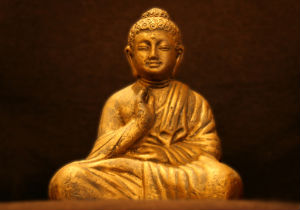Buddhist Funeral Customs
 With every type of religion come different sets of traditions and beliefs regarding funeral services. Just like other religions, death in Buddhism is a significant event.
With every type of religion come different sets of traditions and beliefs regarding funeral services. Just like other religions, death in Buddhism is a significant event.
Beliefs and Traditions
- Buddhists believe that everyone undergoes a process of rebirth. It is thought that beings undergo a succession of lifetimes in many forms not necessarily human.
- In Buddhism, the death of a person is only a transition between the current lifetime to the new one.
- Death also reminds the living about the teachings of Buddha that nothing is permanent.
- Buddhists perform customs that will eventually assist the dead as he or she undergoes the process of rebirth.
- Buddhism has two major branches and both have their own traditions when it comes to funerals
Theravada or The School of the Elders
For Theravada Buddhists, the living will attempt to transfer merit to the dead person. Merit is being transferred to a dead loved one in order to diminish or decrease his or her suffering in the new rebirth. Death rites are also the only ritual related to the life cycle that most Theravada Buddhists practice.
- Mahayana which means The Great Vehicle
For Mahayana Buddhists, merit-transferring ceremonies are often done on the 49th day amidst death and rebirth.
Funeral Practices
- One of their practices is to offer cloth in behalf of the dead.
- Before the body is being cremated, a white cloth is being offered and is stitched to make monastic robes.
- The living gives merit to the deceased by pouring water to an overflowing cup.
- While these are happening, different chants and funeral quotes are being recited.
- Preaching for the benefit of the dead is also another practice where a monastic visits the home of the dead person and gives an hour- long sermon to the living.
- v Offering in the name of the dead is a custom wherein three weeks after the funeral, the living performs almsgiving on the dead person’s behalf.
- Recitation of Amitabha Sutra and the name of Amitabha is also a common practice. Although uncommon, mummification may also be done.
In both branches, the body of the dead person is usually cremated. Whatever the traditions are, death will always be a sad moment in the part of the living.


